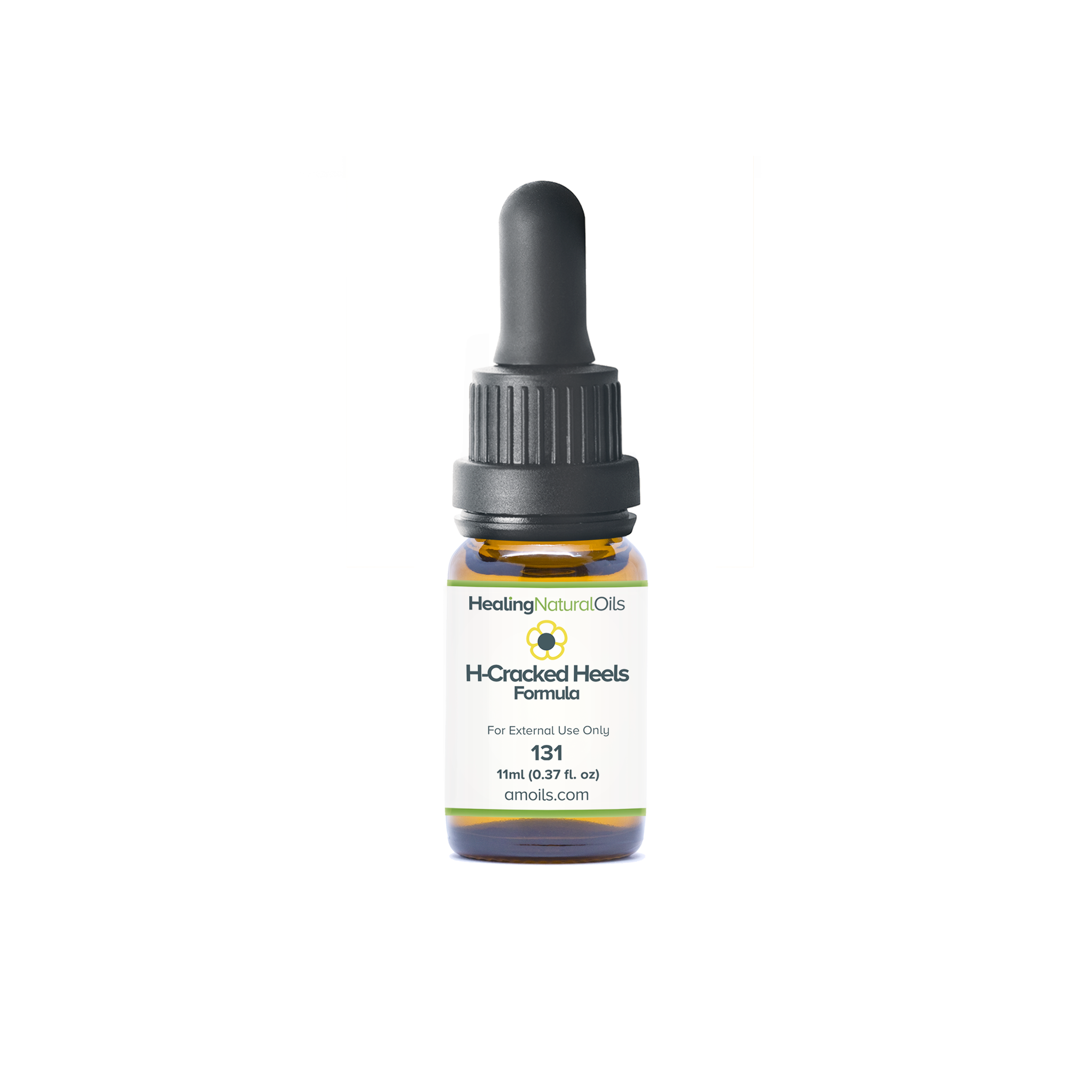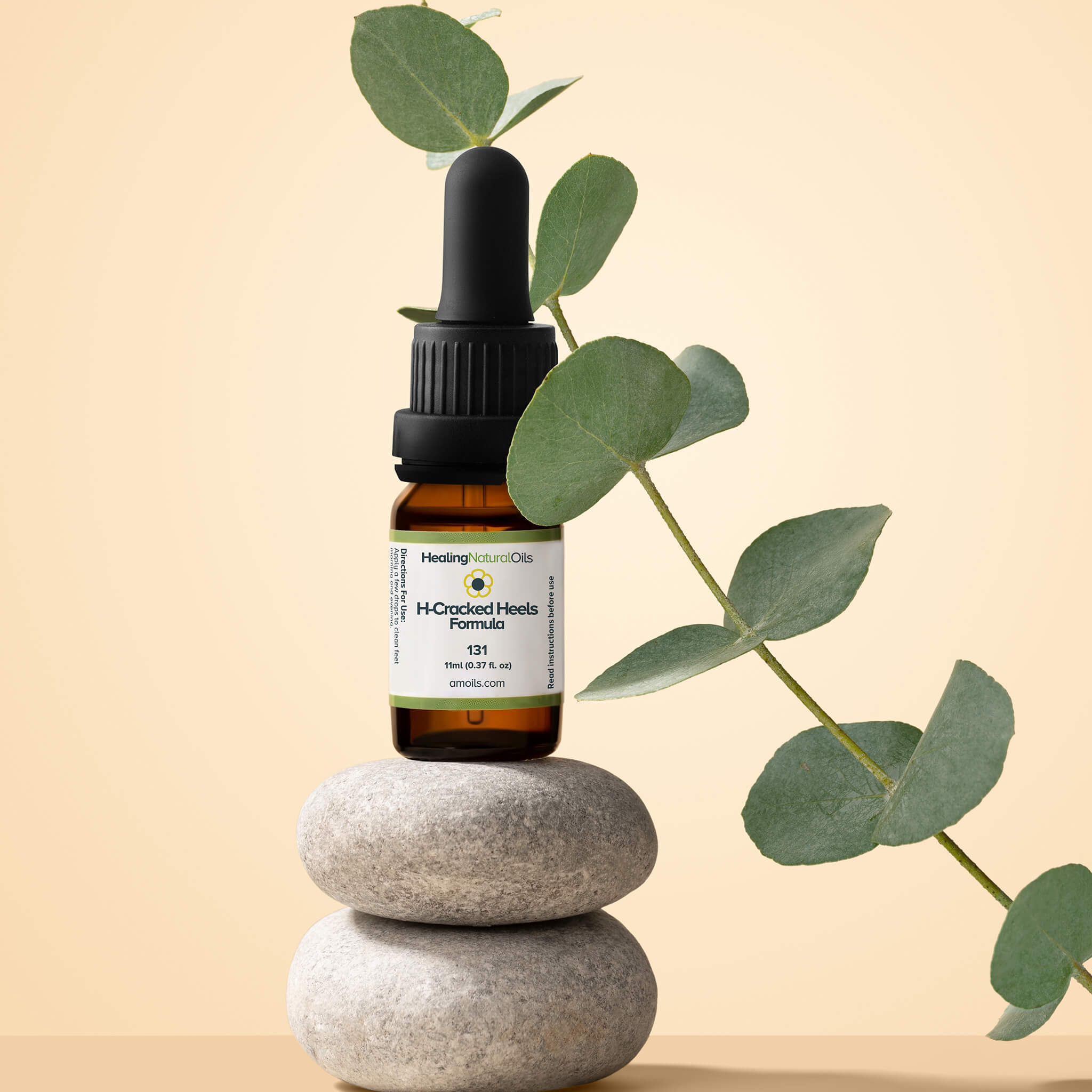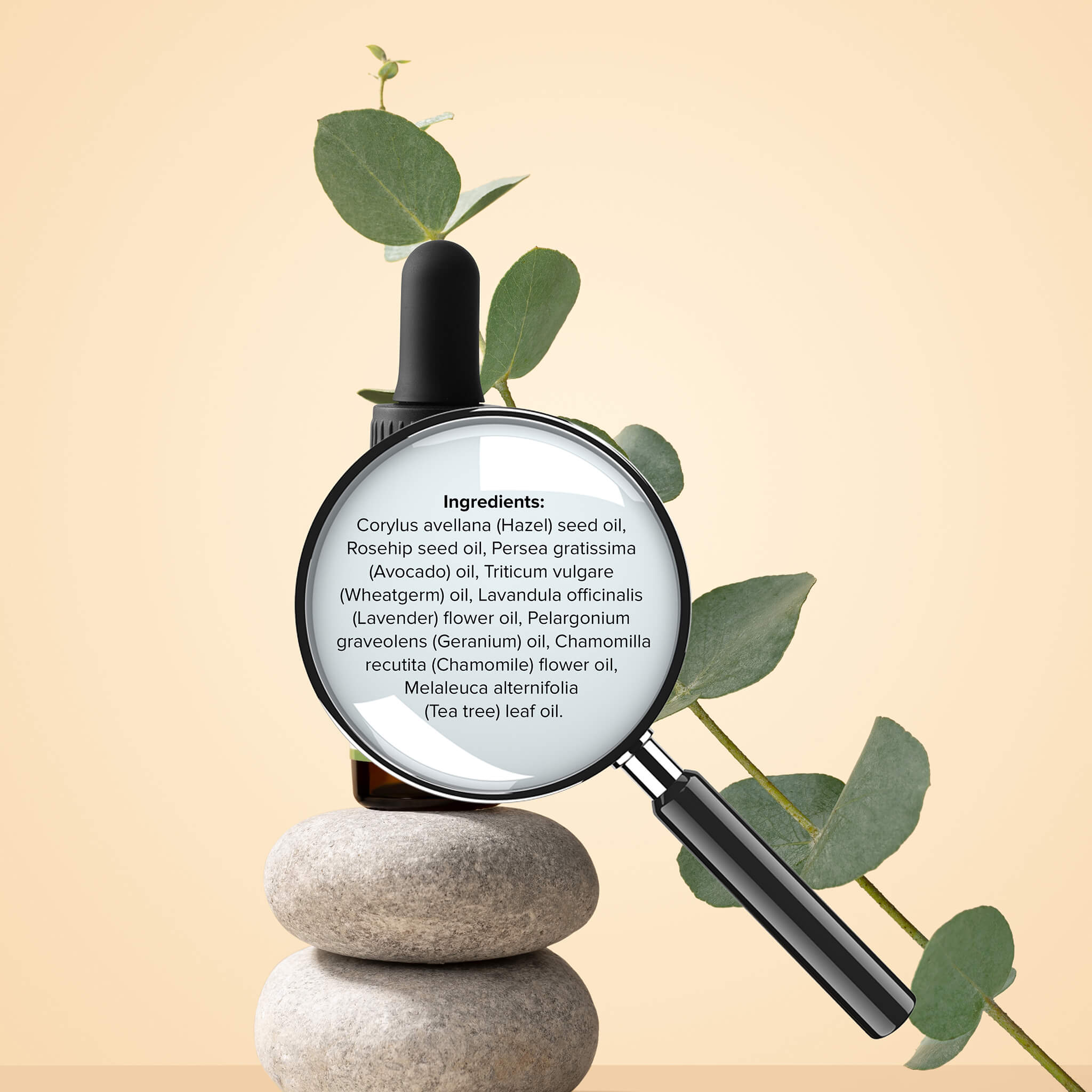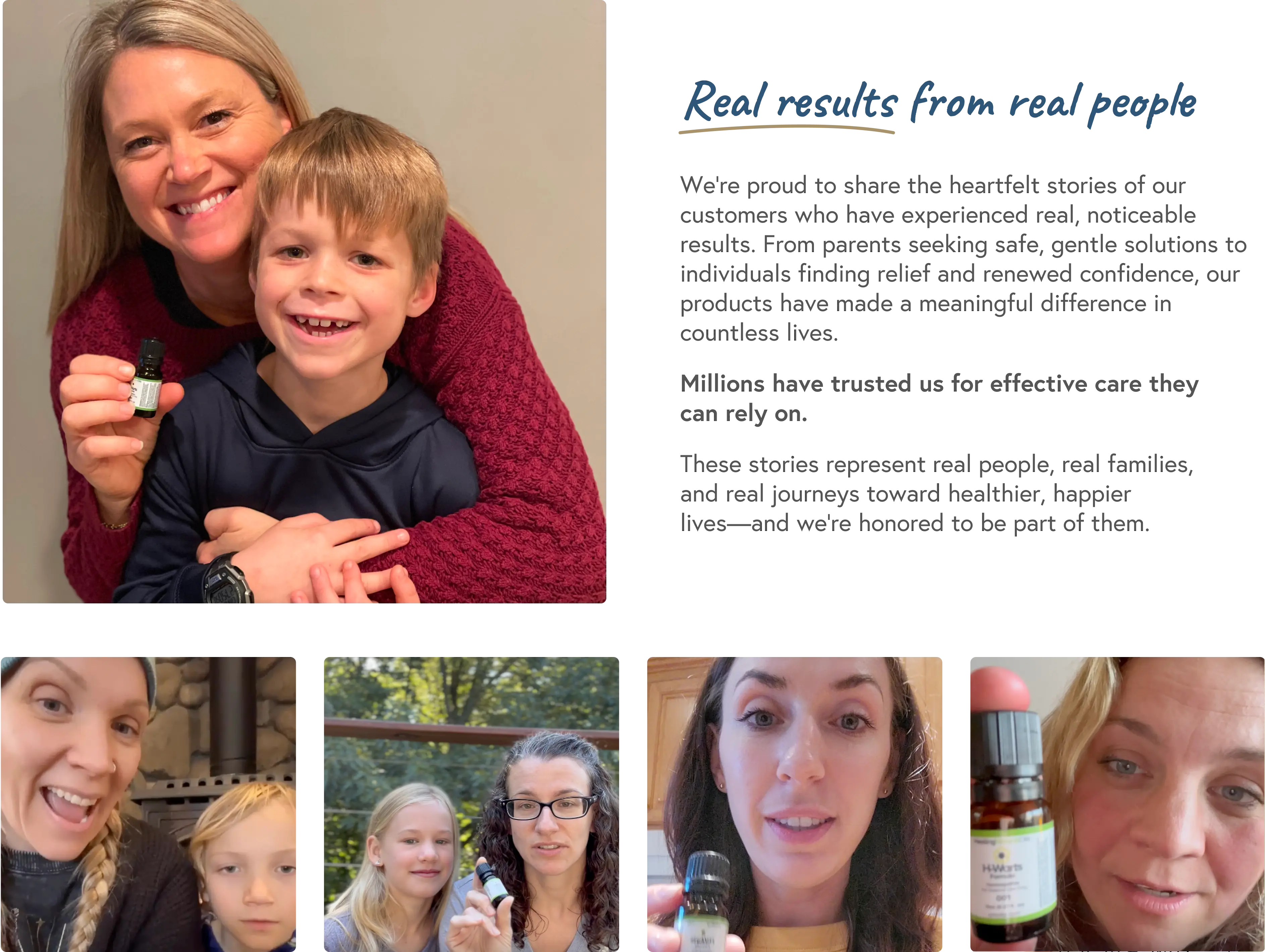Verified Reviews
401 Google Reviews in 12 months


Details
Finally, An Alternative to Harsh Cracked Heels Products
The majority of cracked heels treatments contain harsh chemicals and ingredients that may actually aggravate your condition. Some creams and other home remedies for cracked heels may help to moisturize, but the goal is to address cracked heels symptoms completely.*
Home Remedies For Cracked Feet
Try soaking the feet in warm water for roughly 20 minutes at night, follow with the application of plenty of natural moisturizers, and then finish off by putting on cotton socks for the rest of the night. From time to time, use a pumice stone carefully to reduce any thickness of the hard skin in the heel area, this can decrease the risk of the hard skin cracking and splitting.*
Also, try to avoid walking barefoot or wearing sandals or flip flops until your feet are 100% healthy. Even when your feet do heal, always remember to keep them well hydrated, especially in the heel area. Treat yourself to a moisturizing and soothing foot massage as this will also help immensely with the healing process.*
H-Cracked Heels Formula - A Breakthrough Natural Solution!
The formula penetrates deep into the skin and helps to sufficiently moisturize while simultaneously reducing the dryness, cracking and pain associated with cracked feet.*
We have sold over 1,000,000 products since 2001 and continue to receive hundreds of verified 5 star reviews on Google and other reputable review sites. Purchase with confidence!*
Purchase With Confidence
- Made in the USA with the finest global ingredients
- 3rd party lab tested and verified
- 100% natural and gentle on the skin
- Over 1,000,000 products sold since 2001
- 90 Day Money Back Guarantee
How Does It Work?
How It Works:
Our natural and safe product works by moisturizing the feet, while quickly reducing the dryness and cracking in the affected heel area. When used as directed, it will reduce the painful symptoms of cracked heels and assist in regaining your smooth, crack-free, painless feet again.*
How To Apply:
Our product is extremely gentle and is topically applied 2 to 3 times daily for effectiveness. H-Cracked Heels Formula may be used for children from the age of 4 years and older as well.*
How Long Does It Take?
The process varies from person to person depending on the severity of the condition. The product provides relief on contact and with ongoing use, will counteract the condition with NO burning or skin irritation occurring; typically skin returns to its original state within a week or two (a little longer for severe cracked heels).*
* Results may vary. No guarantee of specific results.
Ingredients


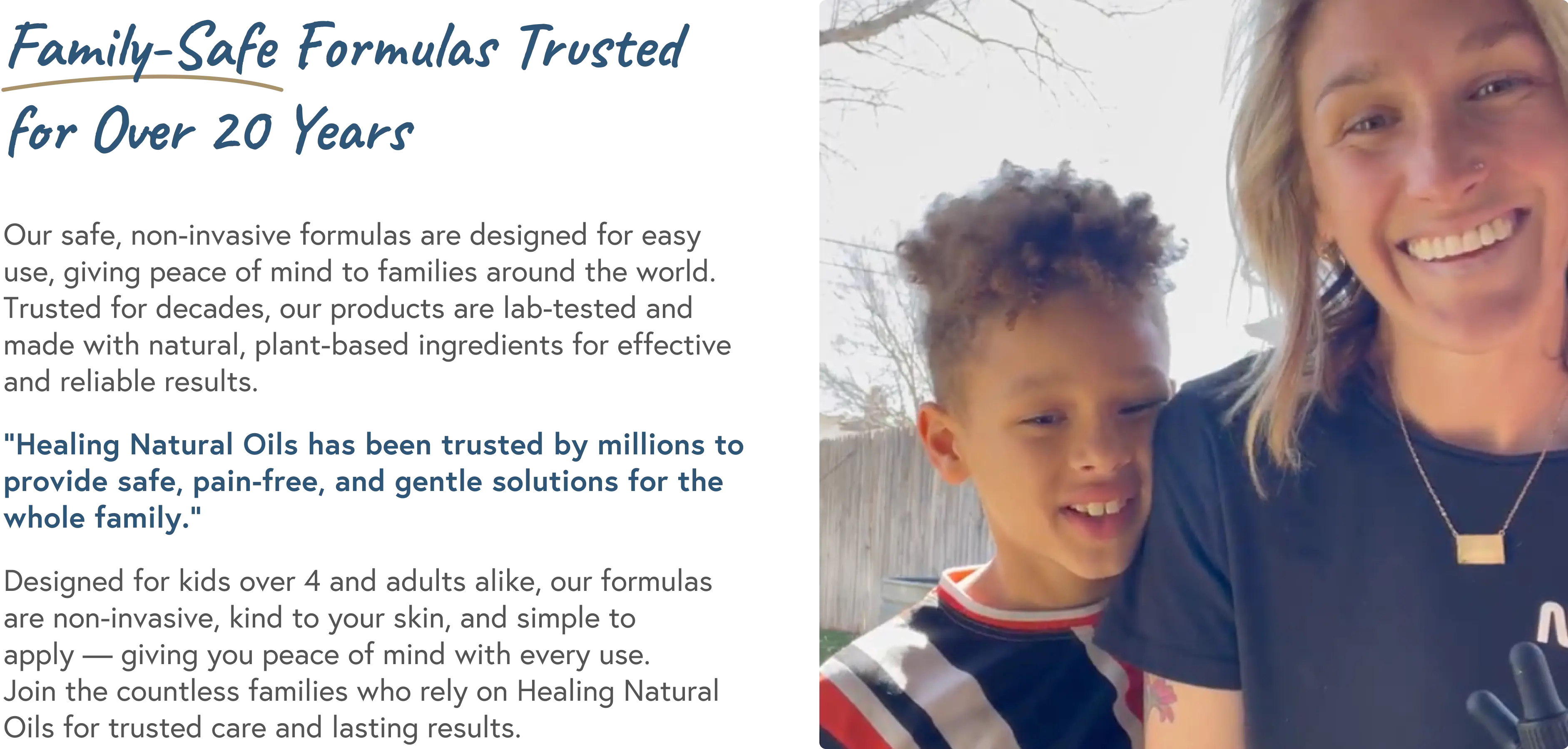



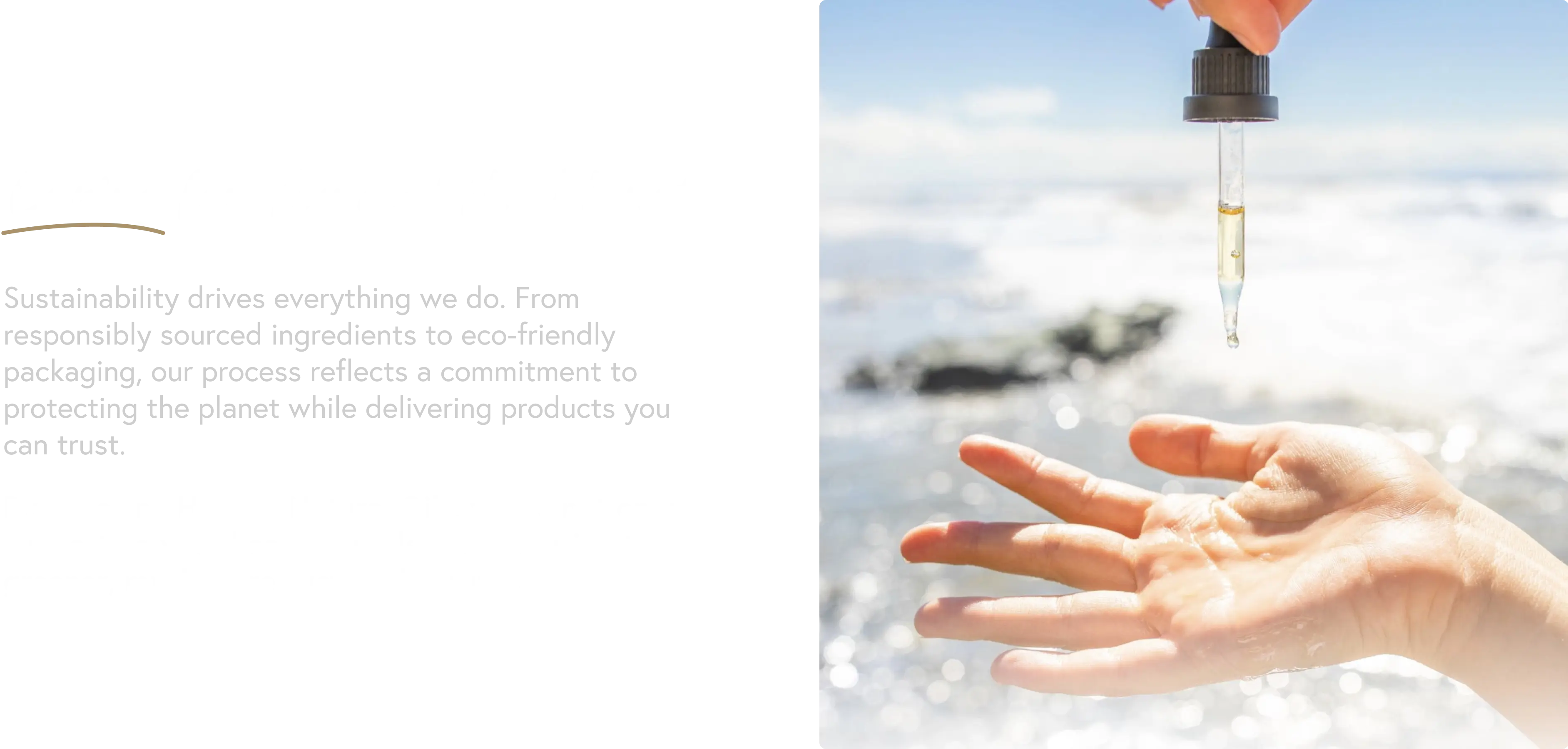
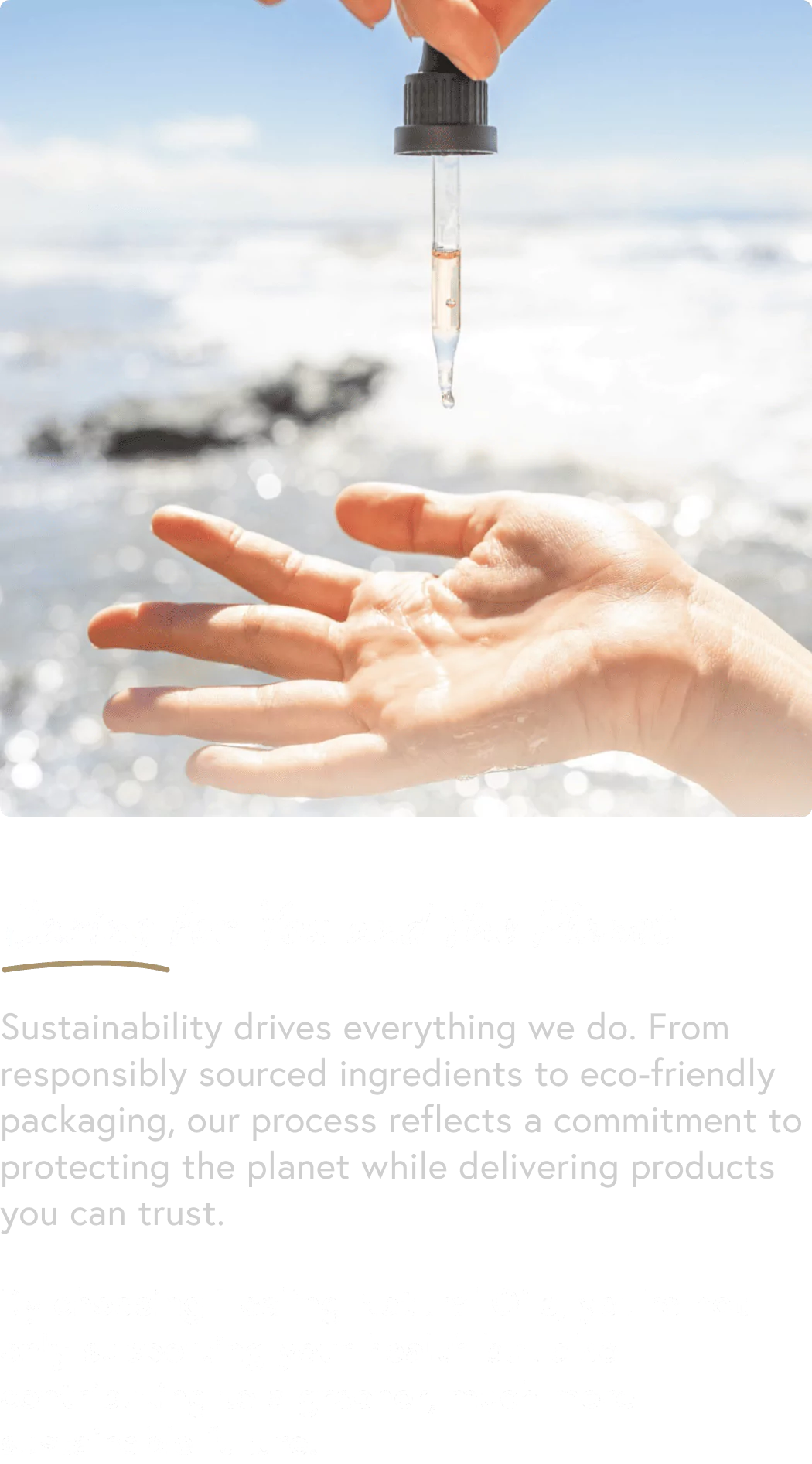
Information
What Causes Cracked Heels?
Standing for long periods of time on hard surfaces, wearing shoes that do not fit correctly and/or are open backed; being overweight, having inactive sweat glands or extra dry feet, as well general neglect of the feet can all cause dry skin which often leads to cracks in the feet and heels.
Dry, cracked heels are not only unsightly, but can often become a source of uncomfortable pain and embarrassment. When the skin under the feet thickens, it often progresses to cracks and fissures that cause discomfort.
Dry Cracking Feet Can Be Painful
Cracked heels are often a problem in the summer months from going barefoot or wearing sandals. However, with the cold winter comes dry and chapped skin which can lead to cracks and pain.
The pain and discomfort can increase when more pressure is placed on the heels, often making the cracks deeper which can even lead to bleeding. Once bleeding does occur with cracked heels, the skin can become more prone to bacterial infections.
It is important to take care of the feet and to follow a healthy lifestyle in order to prevent injuries, infections and pain associated with cracked feet.
How To Prevent Heels Cracking
Embrace some lifestyle changes such as but not limited to exercising (which will increases circulation), drinking plenty of water, and increasing vitamin intake in one's diet (with focus on calcium, magnesium, iron, zinc and omega-3 fats). These slight changes to one's lifestyle aren't too invasive and will be worth the health benefits.
FAQ
Will I need more than one bottle of your formula?
This will depend on the severity of your condition. During the process it is important you do not run out of formula or the program will be interrupted. One bottle is 11ml and contains approximately 120 applications.*
How soon will I see results?
Time varies from person to person, it generally takes anywhere from a few days to a few weeks to significantly smooth the skin of cracked heels.*
How do I apply the product?
Place a drop or two on a Q-Tip or use your fingers to apply topically directly to your affected heels.
Shipping
Shipping & Handling
FREE US STANDARD OVER $49
FREE US 2-3 DAY OVER $99
United States
- USPS First Class: 3–5 Days – $5.95
- Priority Mail: 2–3 Days – $9.95
- FedEx 2-Day: $14.95
- FedEx Overnight: Calculated at checkout
(No FedEx delivery to PO Box or APO)
Canada
- Standard Delivery: $4.95 CAD
United Kingdom
- Standard Delivery: £3.95
Australia
- Standard Delivery: $7.95 AUD
Ireland
- Standard Delivery: €4.95
Rest of the World
- Standard Delivery: 5–14 Days – $13.95 USD
❌ We currently do not ship to:
Afghanistan, Ghana, India, Indonesia, Nigeria, Philippines, Russia, Spain, Tristan da Cunha, Ukraine
🔒 Discreet & Secure Packaging
Your privacy is our priority. All orders ship in plain, unmarked packaging with no mention of the product name.
Privacy
Your Privacy Is Secure
Your privacy is extremely important to us. We never sell, lease or give away your information. Your transaction is completely secure. Only "Healing Natural Oils" will show on your statement. All products are shipped in a plain envelope with no description of what is inside.
Guarantee
Your Guarantee
All products come with an Unconditional 90 Day Money Back Guarantee. If you are unhappy for any reason, simply return the bottles for a full refund of your product purchase. No questions asked!
Your Health
Used by people throughout the world for over a decade, our products are sourced naturally from carefully selected homeopathic remedies and pure essential oils. Because of this, we guarantee no chemicals, drugs or additives are ever added.
You can count on a completely natural product, researched and formulated to be specific to each condition - ensuring optimum synergy to help reduce symptoms, inflammation and improve skin appearance.
-
Ready to Checkout?
-
11ml
Translation missing: en.variant.regular_price- $29.95
11ml
Translation missing: en.variant.product.sale_price- $29.95
Add to Cart- Unit price
- per
Out of Stock -
- Choosing a selection results in a full page refresh.
- Press the space key then arrow keys to make a selection.



